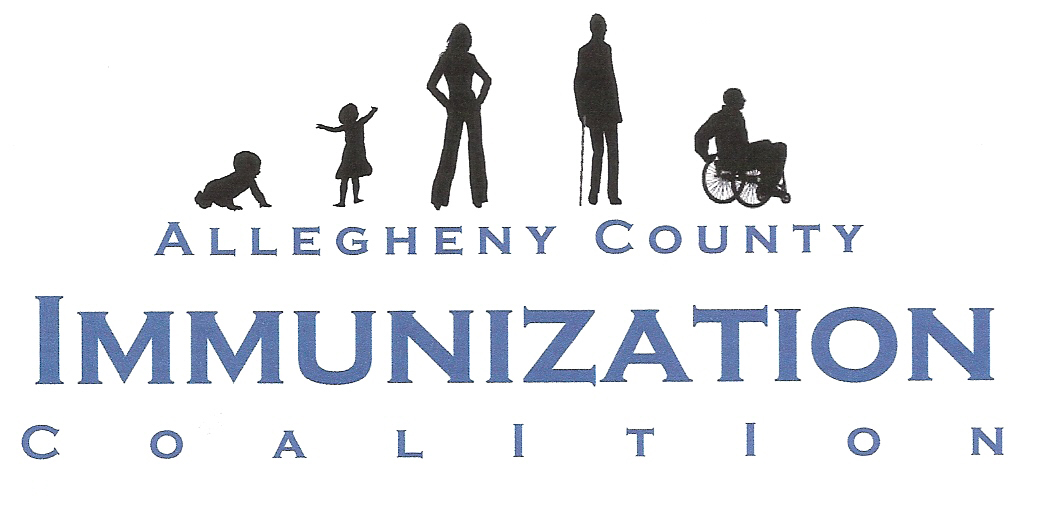Support for Vaccines Continues Downward Trending in US, Poll Shows (Medscape 1/16/2020)
A new Gallup survey shows that support for vaccination in the United States is declining, particularly among parents of young […]
Dr. Peter Hotez, New York Times Op-Ed 1-9-2020
You Are Unvaccinated and Got Sick. These Are Your Odds. Comparing the dangerous effects of three diseases with the minimal […]
CDC Pink Book Webinars
Pink Book Webinar Series 2018 Pink Book Archives This online series of 15 webinars provides an overview of the […]
St. Margaret Bloomfield Garfield Family Health Center Recognized
2019 HPV Vaccine is Cancer Prevention Award Winner Spotlights Pennsylvania University of Pittsburgh Medical Center— St. Margaret Bloomfield Garfield Family […]
Vaccine App from the Vaccine Education Center at CHOP
Free Mobile App – Vaccines on the Go: What You Should Know Parents PACK Contact Us Online Subscribe to Parents […]
Dengue Vaccine Update
Takeda’s tetravalent dengue vaccine candidate effective in children Biswal S, et al. N Engl J Med. 2019;doi:10.1015/NEJMoa1903869. November 6, 2019 […]
Contact your Representatives to Support the Vaccine Act
Search Search News June 12, 2019 https://www.idsociety.org/idsa-newsletter/june-12-2019/urge-congress-to-support-the-vaccines-act/ ALL ARTICLES Urge Congress to Support the VACCINES Act Please take two minutes […]
